Marina di Minturno (LT) - Sunset
2017
You may also like
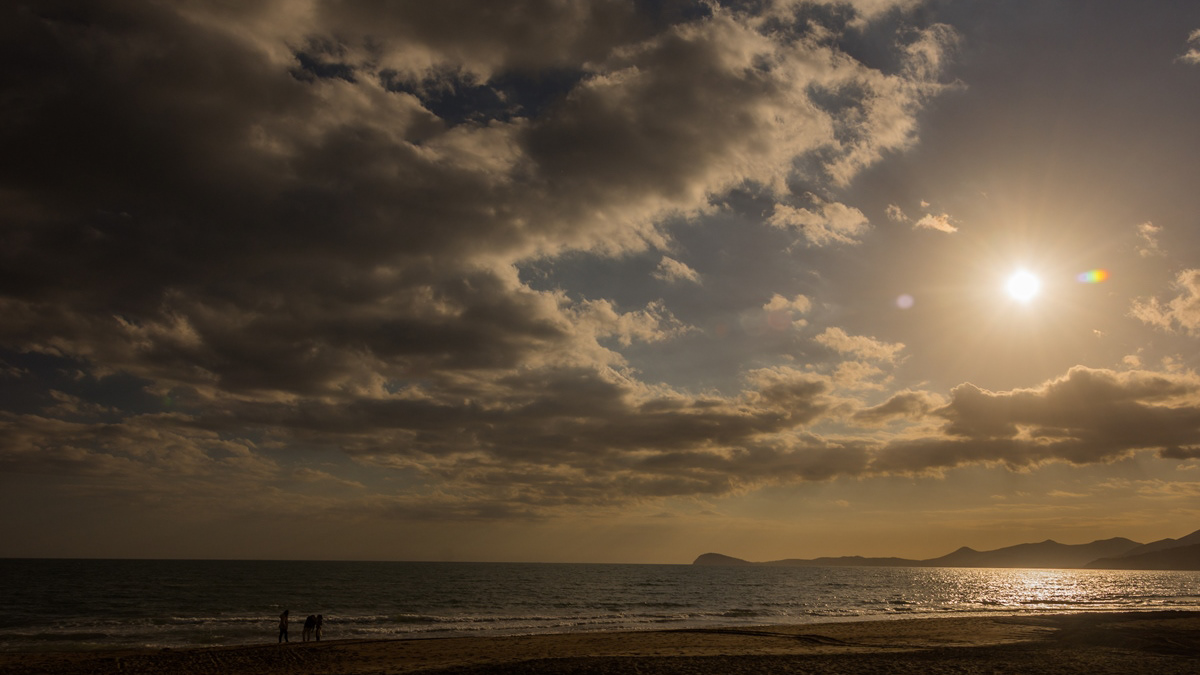
2017
Marina di Minturno (LT) - Parte IV

2020
Molise, Mainarde. Sunset
Mountain range which, compared to the Abruzzo National Park, extends from north to south and whose crests delimit the border between Lazio (west) and Molise (east). Due to its importance both from a naturalistic and faunistic point of view, the mountain range was inserted by presidential decree in the Abruzzo National Park in January 1990. It includes high altitude peaks that are around 2000 meters: Monte Meta (2241), Monte Metuccia, Coste dell'Altare, Monte Mare (2020), Monte Cavallo (2039), Monte Forcellone (2030). The Mainarde, like the rest of the Apennine mountains, are very ancient and of limestone origin. On them the erosion of winds and waters has left clear traces in gorges, gullies and beautiful potholes of the giants, the latter very clearly visible by anyone who looks out from the viewpoint of San Michele. Covered by dense arboreal vegetation (beech groves) up to an altitude of 1800-1900 meters, the Mainarde - beyond this altitude - offer a spectacular turf, ideal habitat for particular types of endangered fauna such as the Abruzzo chamois the Marsican brown bear, the Apennine wolf and the lynx.
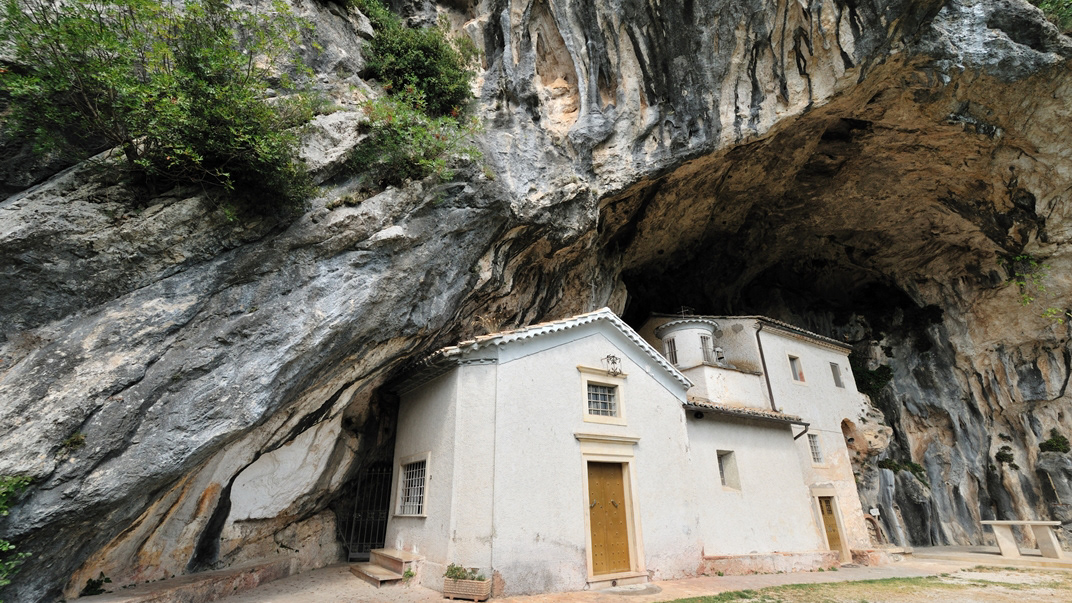
2015
Collepardo (FR) - Sanctuary of the Madonna delle Cese
A few minutes from the Certosa Trisulti (Collepardo - FR) you can visit the Sanctuary of the Madonna delle Cese, a small hermitage located in a suggestive cave.
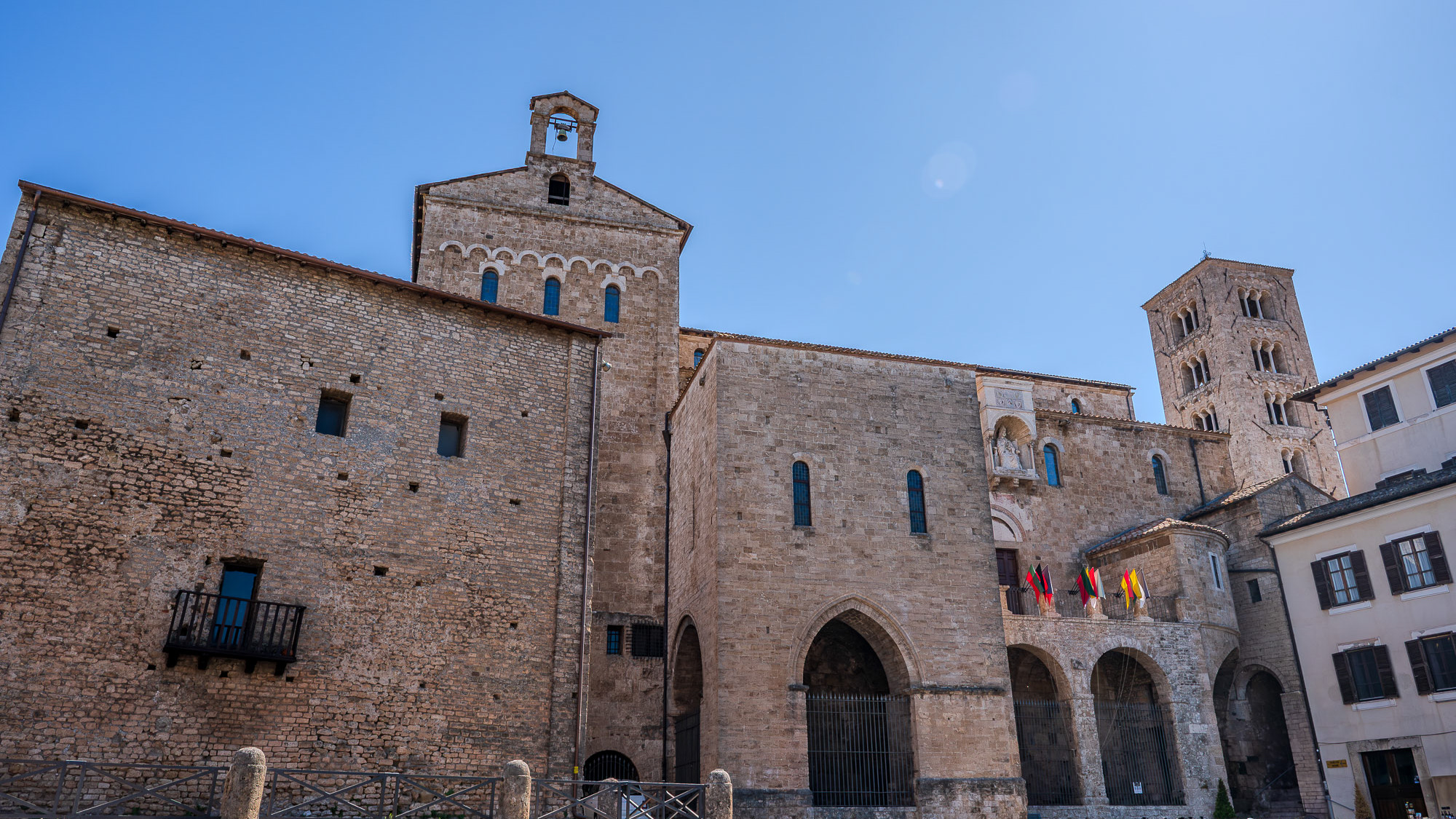
2025
Anagni. The Cathedral Basilica of S. Maria Annunziata
Anagni Cathedral stands on the summit of the acropolis and is the result of several construction phases. The Romanesque style (1072-1104) was joined by the Gothic style around the mid-13th century. On one of the exterior walls is a statue of Pope Boniface VIII. In 1160, Alexander III pronounced the excommunication of Barbarossa here, and Pope Innocent IV was elected here. The interior is predominantly Gothic, and retains a Cosmatesque-style floor and the Caetani Chapel with a large tomb. The crypt contains a cycle of frescoes (1104-1255) depicting scenes from the Old and New Testaments. The cathedral also houses the reliquary of Saint Thomas Becket.

2019
Sunrise
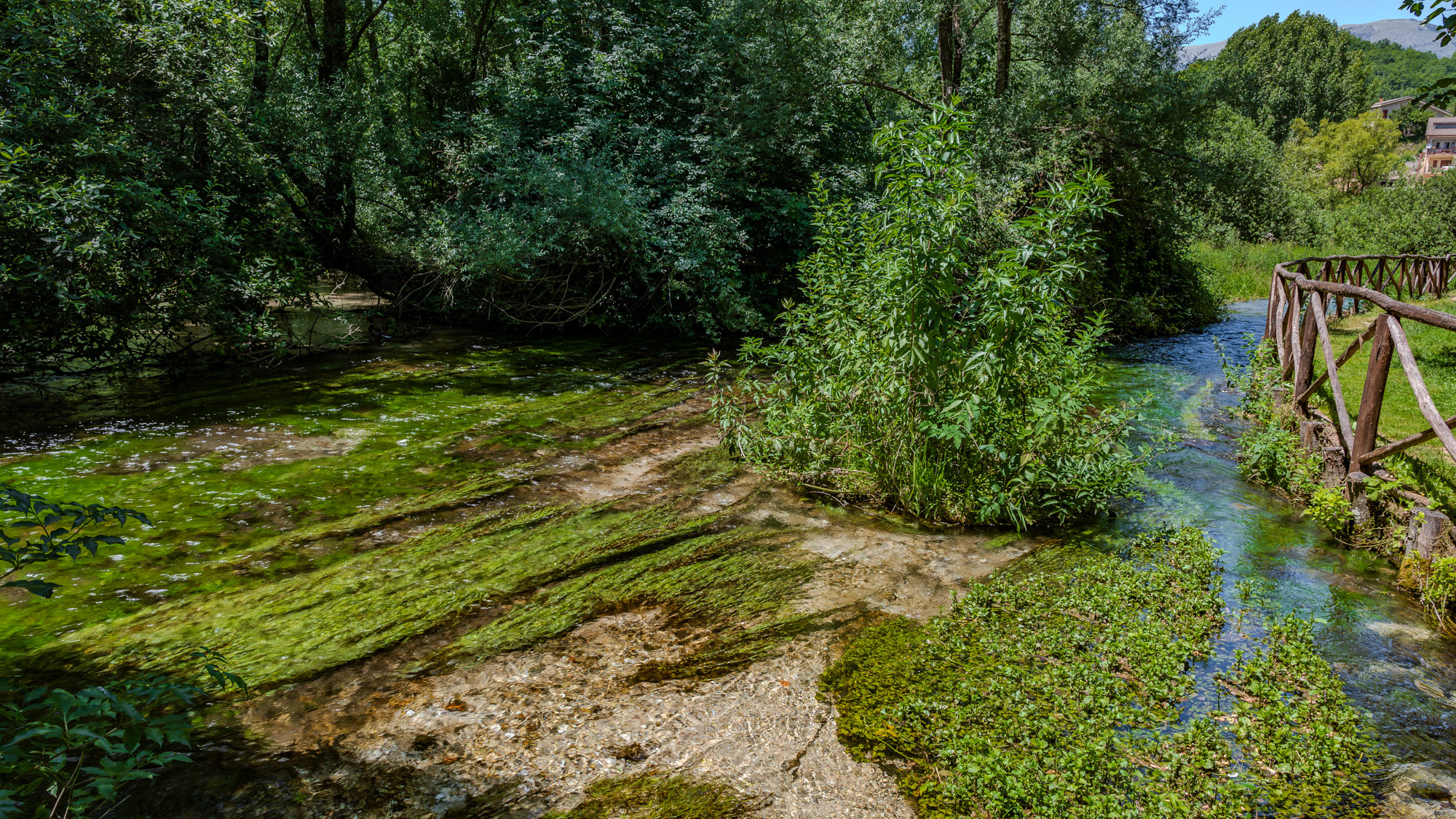
2024
Posta Fibreno lake nature reserve, Frosinone
The Posta Fibreno lake is located in the Comino Valley. In addition to its endemic fauna, the lake is known for the presence of a natural floating island already described by Plinio il Vecchio.

2018
Flowers
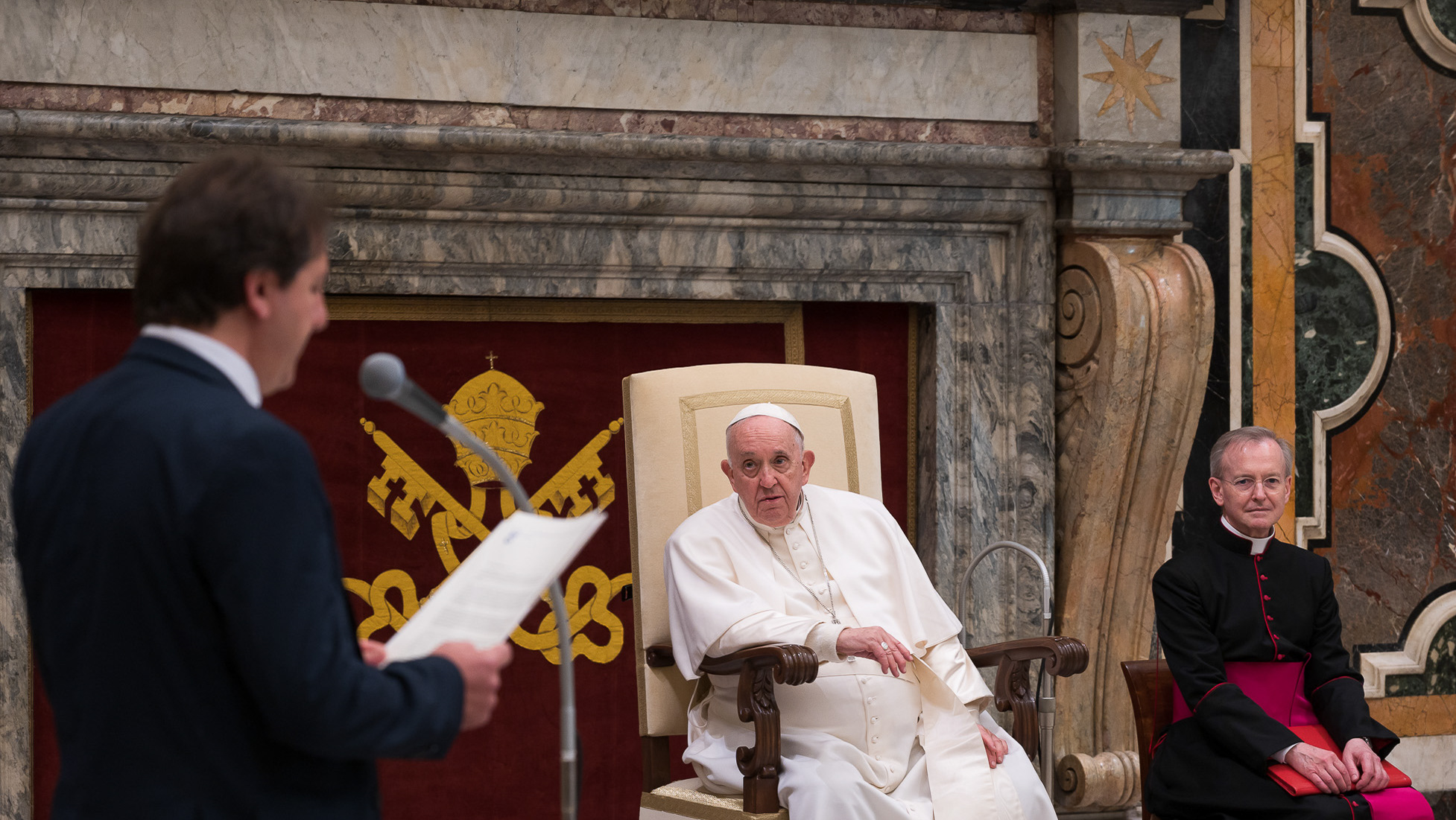
2023
Papa Francesco 3 aprile 2023
Pope Francis, in Latin: Franciscus PP., in Spanish: Francisco, born Jorge Mario Bergoglio, is, since 13 March 2013, the 266th pope of the Catholic Church and bishop of Rome, 8th sovereign of the Vatican City State, primate of Italy, in addition to the other proper titles of the Roman pontiff
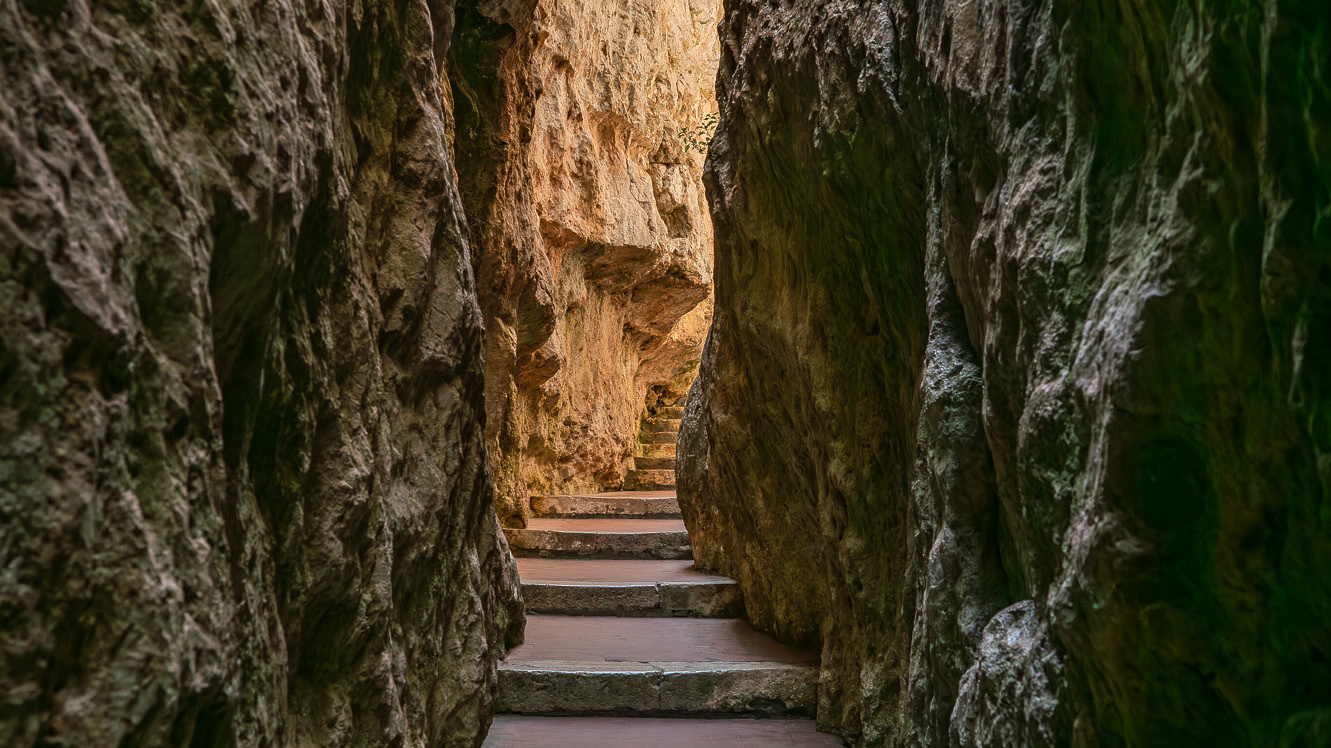
2025
Gaeta. The Montagna Spaccata.
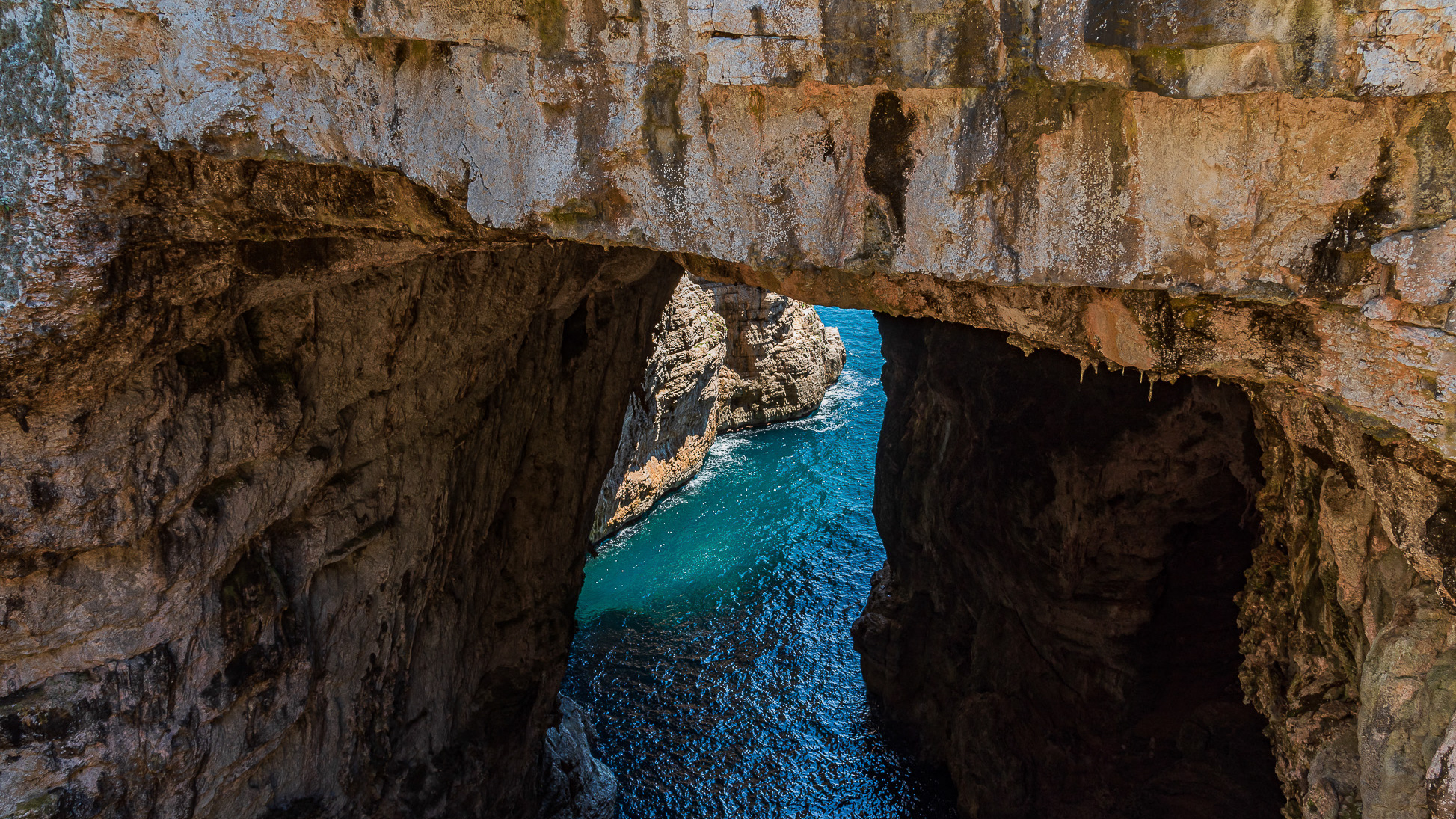
2022
Gaeta, Lazio. The Grotta del Turco
Grotta del Turco is so called, as in the ninth century the ships of the Saracens took refuge in the crevices of this strategic promontory, to attack ships in transit and plunder them.
